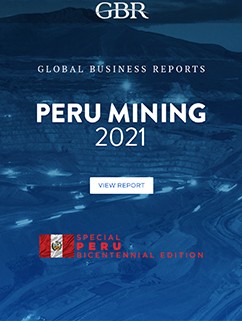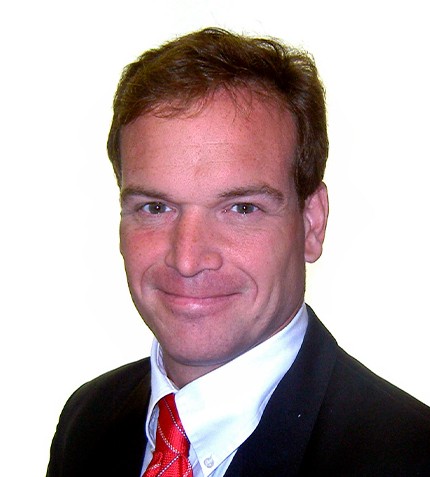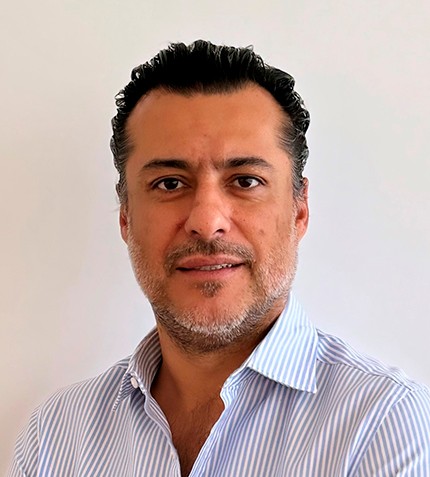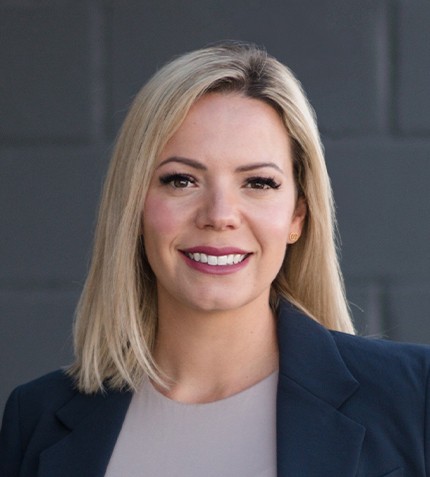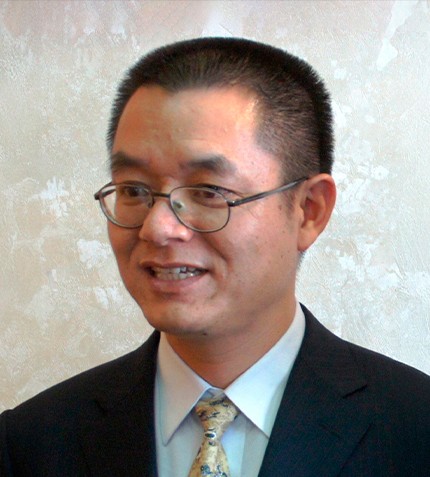
"We found that many tasks can be carried out from home or from our recently inaugurated Digital Operations Center (DOC) in Lima."
RELATED PUBLICATION
ARTICLES FROM THIS PUBLICATION
Edgardo Orderique
GENERAL MANAGER, MMG-LAS BAMBAS
How has Las Bambas modified its operations to adapt to remote work?
Due to Covid, we found an opportunity to sustain our operations with the least amount of workers possible at the operations. We found that many tasks can be carried out from home or from our recently inaugurated Digital Operations Center (DOC) in Lima. In fact, 10% of our personnel – 180 workers – are currently working remotely.
Other remote technologies have also gained traction. For example, with virtual reality it is possible to have a ‘digital twin’ of the mine. We expect to use this technology soon for the Ferrobamba pit.
Can you elaborate on the inauguration of Las Bambas’ Digital Operations Center (DOC) in Lima?
Our DOC has the aim of operating Las Bambas from Lima, controlling the whole value chain, from the mine to the Matarani port. This mini DOC currently has the control of the dispatch as well as trucks, shovels, drills, etc., and we aim to extend this control to the transportation of concentrate and the storage points. We currently use a private 4G LTE communication platform in our operations and plan to integrate all the operations using this technology since the DOC to have an automated data collection supported by an advanced analytics platfom to help optimize decision making. We are also conducting a number of tests to allow stable information to travel at a very high speed in real time.
Las Bambas has suffered blockades that have interrupted the export of copper concentrates. What do you think has led to this situation?
The blockades are mainly due to claims of environmental origin related to the transit of the trucks that transport the concentrate, as well as commercial and labor expectations. MLB has a major highway maintenance program from its operations to the point of transfer, to the train. Likewise, the trucks that work with us must comply with Euro5 requirements and are subject to a rigorous maintenance program. Both programs allow us to minimize dust, noise and CO2 generation. In the environmental monitoring carried out by an independent authority, it has been verified that the standards established for these measurement parameters are met.
On the other hand, our Local Business Development program has resulted in the hiring of a significant number of local companies that provide us with goods and services. Likewise, we have a significant number of workers from the Apurimac region. However, we consider that existing expectations exceed our ability to hire local companies and workers, so we must redouble our efforts to contribute with the different levels of government (local, regional and local) to improve the living conditions of the communities in our region.
What is the timeline for Chalcobamba’s development?
We plan to begin operations at the Chalcobamba this year once we have the requested permits. Our goal is not to expand production, but rather, to compensate for the lower copper grades at the Ferrobamba pit as we get deeper and to achieve a sustained production in the coming years. After Chalcobamba, we will continue development at Sulfobamba pit. Chalcobamba provides better copper grades during the first years of its operation and it will be an open pit mine operation whose mineralogy and metal contents are very similar than Ferrobamba pit.
What are the main goals of MMG-Las Bambas in Peru for the coming years?
Las Bambas has to incorporate sustainability into its operations, which will be achieved through several projects. To achieve these goals, we will invest approximately US$2 billion in the next five or six years, as well as obtaining environmental permits and social agreements with the local communities.
We will also undergo extensive exploration inside the 35,000-hectare land package we have at Las Bambas, between the future Sulfobamba pit and the current Ferrobamba pit. We have geophysical information in this area whose results show interesting anomalies in the region, indicating the presence of copper. Our goal is to drill this area to obtain actionable information that could lead to further expansion.




